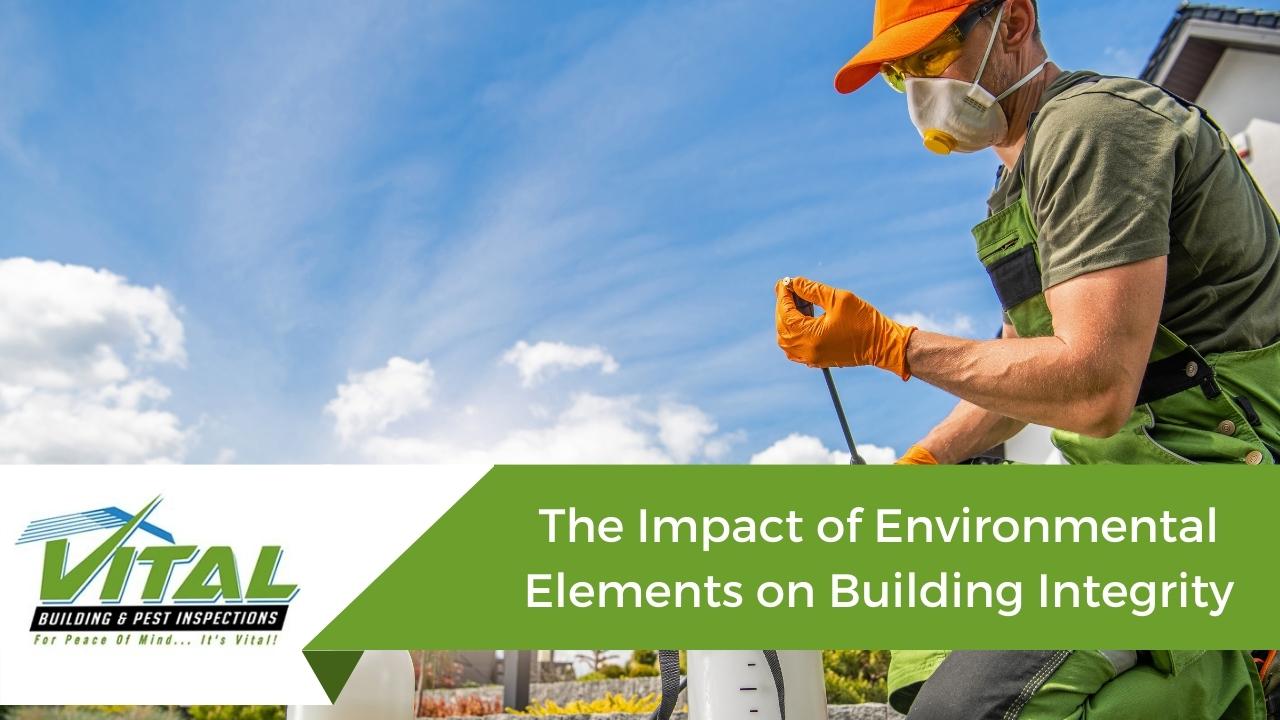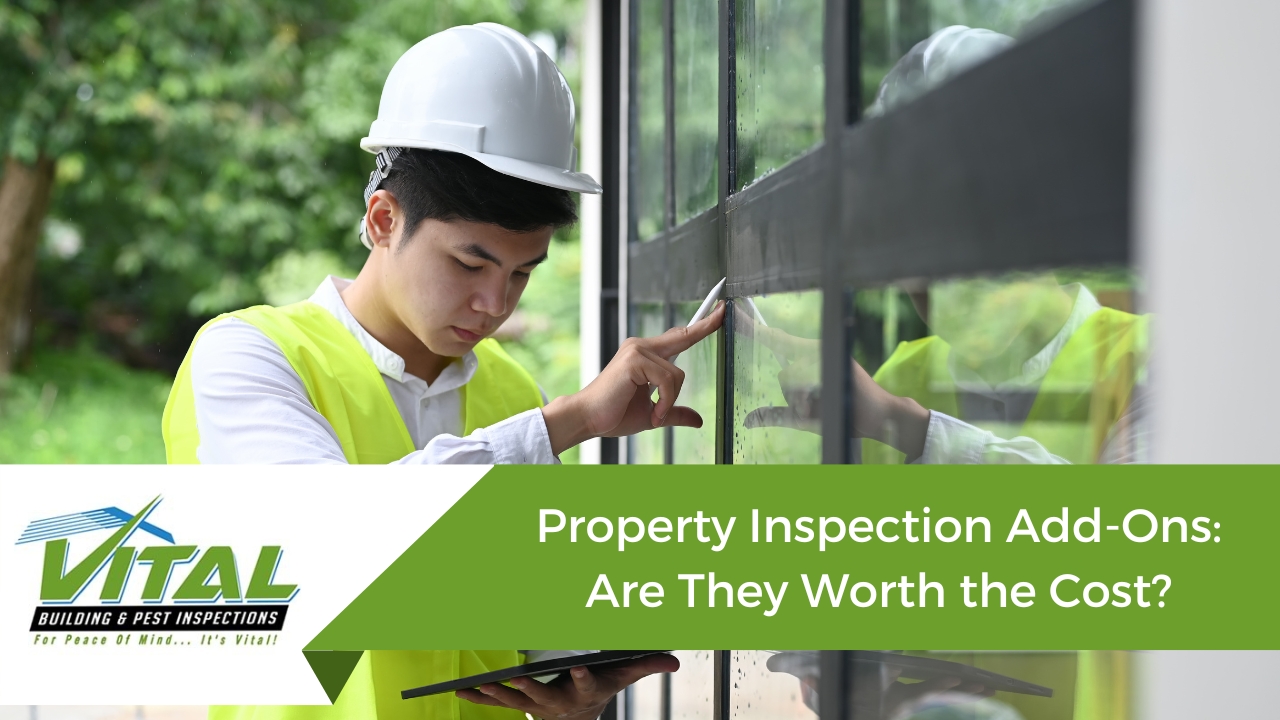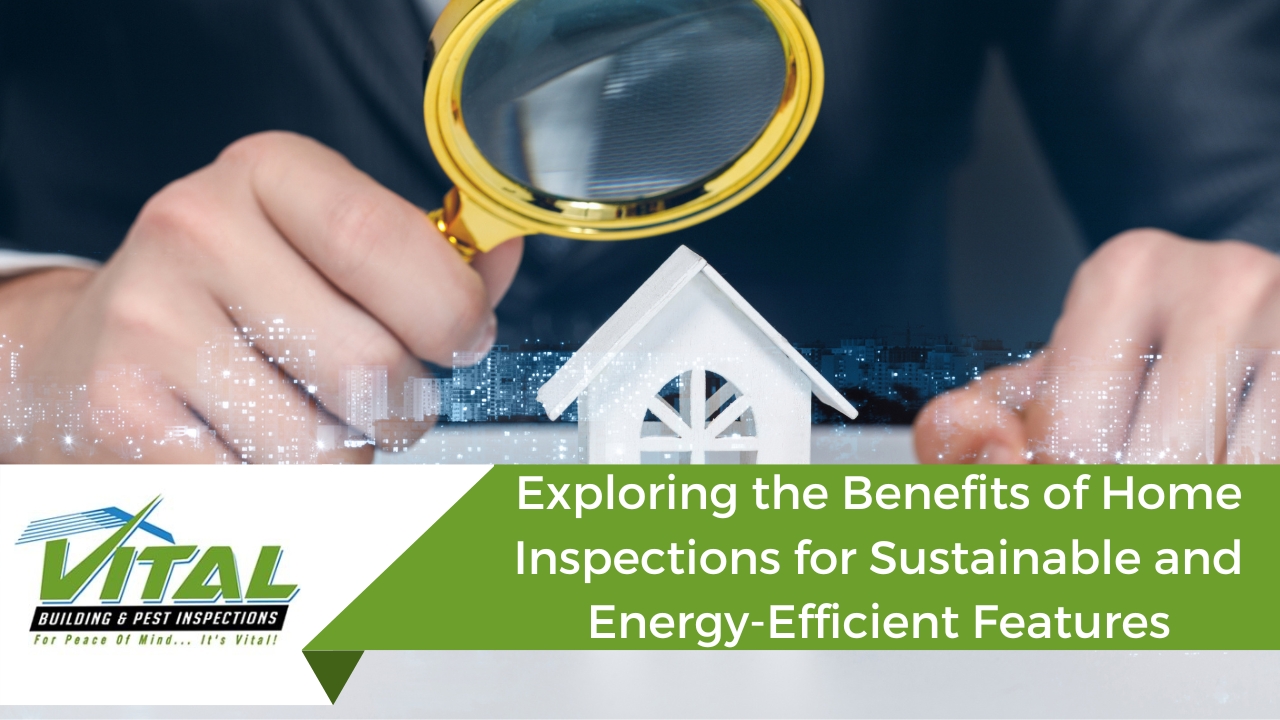Australia, with its diverse and often harsh climate, poses unique challenges to the structural integrity of buildings. The impact of environmental elements on building integrity is a critical concern for architects, engineers, and builders across the country. From searing heat and intense UV radiation to heavy rainfall and cyclonic winds, Australia’s environment demands careful consideration in the design and construction of buildings. In this article, we will delve into the multifaceted world of environmental factors and their profound influence on the integrity of structures, emphasising the need for sustainable and resilient building practices.
The Unforgiving Sun: Heat and UV Radiation
Australia’s climate is characterised by long, hot summers with intense sunlight. The unforgiving sun, combined with high UV radiation levels, poses a significant challenge to building materials and design. Prolonged exposure to heat and UV radiation can cause materials to deteriorate, leading to structural weaknesses and reduced lifespan.
To mitigate this issue, architects and engineers are turning to innovative materials and designs that reflect or absorb heat efficiently. Reflective roofing materials, cool roof technologies, and shading solutions are becoming popular choices to combat the heat. Additionally, the use of UV-resistant paints and coatings helps protect the exterior surfaces of buildings from degradation.
Water, Water Everywhere: Rainfall and Flooding
Australia is known for its extremes, and that includes periods of heavy rainfall and flooding. In many regions, especially during the monsoon season, buildings must withstand substantial volumes of water. Excessive water exposure can lead to water infiltration, mould growth, and even structural damage.
To address this challenge, building codes and practices have evolved to ensure proper drainage systems are in place. Effective grading, stormwater management, and waterproofing solutions are implemented to prevent water from infiltrating the building. Moreover, sustainable construction practices that incorporate natural drainage and permeable surfaces have gained popularity, reducing the impact of excessive rainfall on building integrity.
Battling the Fury of Cyclonic Winds
In the northern regions of Australia, cyclonic winds are a force to be reckoned with. These extreme weather events can exert tremendous pressure on buildings, testing their structural integrity to the limit. It is essential to design buildings that can withstand the strong winds and flying debris associated with cyclones.
Cyclone-resistant building practices have become a necessity in these regions. These practices involve reinforced structural elements, impact-resistant windows, and secure roofing systems. The construction of safe rooms or cyclone shelters in homes and buildings provides residents with a secure place to seek refuge during severe storms. These measures are vital for safeguarding lives and property.
Bushfires: A Persistent Threat
Australia’s history is marred by the devastating impact of bushfires, which can have catastrophic consequences for buildings. As global warming intensifies, the threat of bushfires continues to loom large. Building in fire-prone areas requires a strategic approach to ensure the safety and integrity of structures.
In these areas, it is crucial to employ fire-resistant building materials and designs. This includes the use of fire-rated cladding, ember guards, and sealed roof spaces to prevent ember intrusion. Adequate defensible space around buildings, along with firebreaks and fuel reduction strategies, can help protect structures from encroaching fires.
Embracing Sustainability and Resilience
In the face of these environmental challenges, architects, engineers, and builders are embracing sustainability and resilience as guiding principles for modern construction. Sustainable building practices not only reduce the environmental impact of construction but also enhance a building’s capacity to withstand the elements.
Building with sustainability in mind involves energy-efficient design, the use of renewable materials, and water conservation measures. Green roofs and walls can provide insulation and reduce the heat island effect. Furthermore, the integration of renewable energy sources, such as solar panels, can make buildings more self-sufficient and environmentally friendly.
Resilience, on the other hand, focuses on creating structures that can adapt and recover from environmental shocks. This involves robust design, hazard-resistant materials, and disaster preparedness plans. By combining sustainability and resilience, we can create structures that are not only environmentally friendly but also durable in the face of the harshest conditions.
Building for the Future – Sustainable Resilience in the Face of Environmental Challenges
The impact of environmental elements on building integrity in Australia is a pressing concern that requires innovative solutions and a proactive approach. Architects, engineers, and builders must consider the unique challenges posed by the Australian environment, from intense sunlight and heavy rainfall to cyclonic winds and bushfires.
As we move forward, sustainable and resilient building practices will play a pivotal role in ensuring the longevity and safety of our structures. By incorporating the latest technologies and materials, as well as embracing a commitment to environmental responsibility, we can meet the challenges of the Australian climate head-on, creating buildings that not only endure but thrive in the face of adversity.

Prioritise Your Building’s Safety and Longevity with Vital Building and Pest Inspections
The impact of environmental elements on building integrity is a pressing concern in Australia. To ensure the safety and longevity of your property, it is crucial to take proactive measures. At Vital Building and Pest Inspections, we are committed to helping you safeguard your investment and protect your family.
Here’s how you can take action today:
- Schedule a Comprehensive Inspection – Don’t wait for environmental elements to take their toll on your building. Schedule a thorough building and pest inspection with our expert team. Our inspectors will assess your property’s vulnerability to environmental challenges and provide you with a detailed report.
- Mitigate Risks – Based on our inspection findings, we can help you identify areas of concern and suggest necessary improvements or upgrades to make your building more resilient. Whether it’s heat-resistant materials, cyclone-proofing, or fire-resistant designs, we have the expertise to guide you.
- Stay Informed – Stay updated on the latest building codes and environmental regulations in your area. Our team can keep you informed about the best practices and compliance requirements to ensure your building remains safe and in line with the law.
- Emergency Preparedness – With the increasing frequency of extreme weather events, it’s essential to have an emergency plan in place. We can assist you in creating a comprehensive disaster preparedness strategy to protect your property and loved ones.
- Sustainable Building Solutions – If you’re considering a new construction or renovation, explore sustainable and resilient building solutions. We can help you incorporate energy-efficient and environmentally friendly designs into your project.
By taking these steps, you not only enhance the safety and resilience of your building but also contribute to a more sustainable future. Contact Vital Building and Pest Inspections today and take the first step towards safeguarding your property in the face of Australia’s environmental challenges.
Your building’s integrity is our priority, and we’re here to assist you every step of the way.






